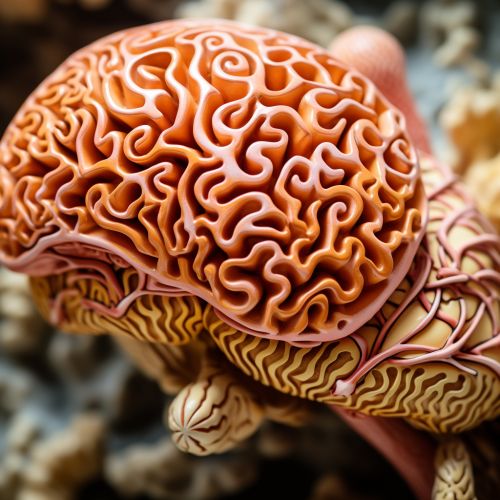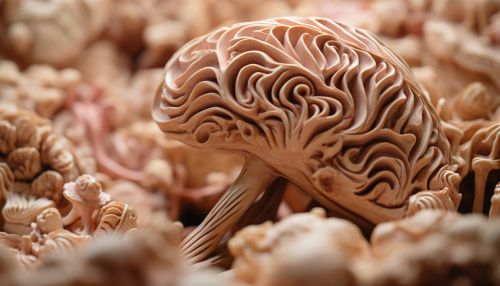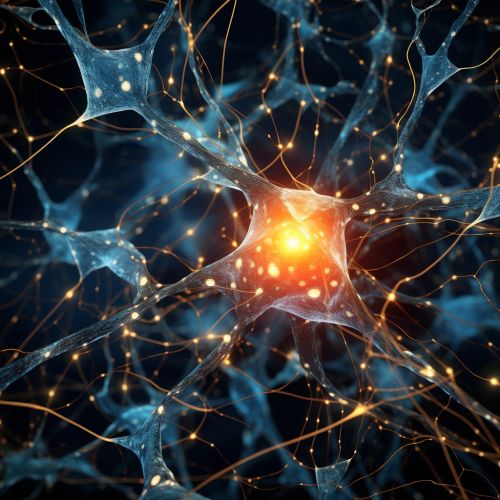The Science of Human Neuroplasticity in Learning
Introduction
Neuroplasticity, also known as brain plasticity or neural plasticity, refers to the ability of the human brain to change and adapt in response to experience. This concept is central to our understanding of how the brain learns and remembers, and it has significant implications for education and learning theory.


The Concept of Neuroplasticity
The term "neuroplasticity" is derived from the words "neuron" and "plastic". Neurons are the basic working units of the brain, responsible for receiving, processing, and transmitting information through electrical and chemical signals. Plasticity refers to the capacity to be molded or altered. Thus, neuroplasticity refers to the brain's ability to reorganize itself by forming new neural connections throughout life. This allows the neurons in the brain to compensate for injury and disease and to adjust their activities in response to new situations or to changes in their environment.
Neuroplasticity and Learning
Learning is a process that involves the creation and strengthening of neural pathways. When we learn something new, our brain changes. This change, or neuroplasticity, is the physical evidence of learning. The more we use these neural pathways, the stronger they become. This is the basis of learning and memory.


Hebbian Theory
The Hebbian theory, named after the Canadian psychologist Donald Hebb, is a neuroscientific theory that proposes an explanation for the adaptation of neurons in the brain during the learning process. It is often summarized by the phrase "Cells that fire together, wire together". This means that the simultaneous activation of cells leads to pronounced increases in synaptic strength between those cells. It is believed to be the fundamental process that underlies learning and memory.
Synaptic Plasticity
Synaptic plasticity is the ability of the connection, or synapse, between two neurons to change in strength. There are several underlying mechanisms that contribute to synaptic plasticity, including changes in the quantity of neurotransmitters released into a synapse and changes in how effectively cells respond to those neurotransmitters. Synaptic plasticity is one of the important neurochemical foundations of learning and memory.
Factors Influencing Neuroplasticity
Several factors can influence the rate and capacity of neuroplastic change in the brain. These include age, stress, sleep, diet, and exercise.
Age
While neuroplasticity occurs throughout life, certain types of changes are more prevalent at certain ages. For example, the first few years of life are a period of rapid neuroplastic change as the brain organizes itself. In adulthood, certain areas of the brain remain plastic and can change to support learning and memory.
Stress
Chronic stress can negatively impact neuroplasticity, particularly in areas of the brain associated with memory and learning, such as the hippocampus. On the other hand, acute stress can enhance plasticity in some areas of the brain.
Sleep
Sleep plays a crucial role in neuroplasticity. During sleep, the brain reorganizes and strengthens the neural connections that are related to learning and memory. Lack of sleep can impair these processes.
Diet
Certain nutrients can enhance neuroplasticity. For example, omega-3 fatty acids, found in fatty fish, are essential for brain health and can enhance synaptic plasticity and promote the generation of new neurons.
Exercise
Physical exercise can enhance neuroplasticity by promoting the growth of new neurons and synapses and by improving blood flow to the brain.


Neuroplasticity in Education
Understanding neuroplasticity has significant implications for education and learning. It suggests that learning can be enhanced by certain activities and conditions, and that individuals can improve their ability to learn by leveraging these factors.
Growth Mindset
The concept of neuroplasticity supports the idea of a "growth mindset", a term coined by psychologist Carol Dweck. A growth mindset is the belief that abilities can be developed through dedication and hard work. This view creates a love of learning and a resilience that is essential for great accomplishment.
Personalized Learning
Neuroplasticity also supports the idea of personalized learning, which is an educational approach that aims to customize learning for each student's strengths, needs, skills, and interests. Each student gets a learning plan that's based on what they know and how they learn best.
Lifelong Learning
The fact that neuroplasticity occurs throughout life supports the concept of lifelong learning. This is the idea that learning is not confined to childhood or the classroom but takes place throughout life and in a range of situations.
Conclusion
Neuroplasticity is a fundamental characteristic of the human brain that enables learning and adaptation. Understanding the principles of neuroplasticity can inform educational practices and encourage effective learning strategies. As our knowledge of the brain continues to grow, so too will our ability to enhance learning through neuroplasticity.


